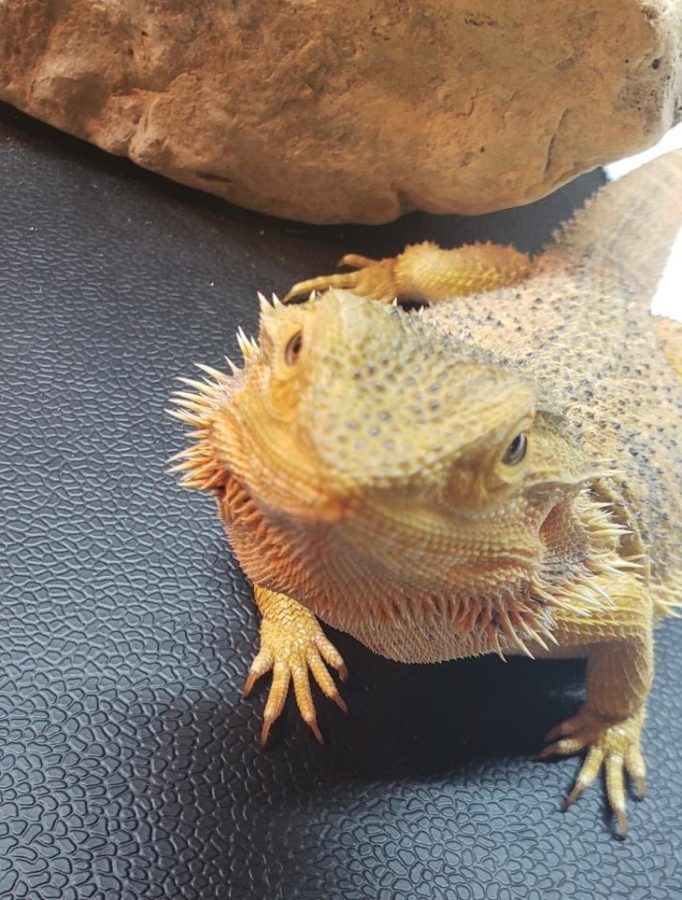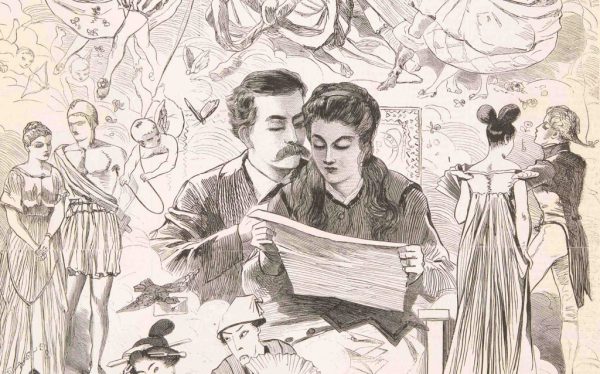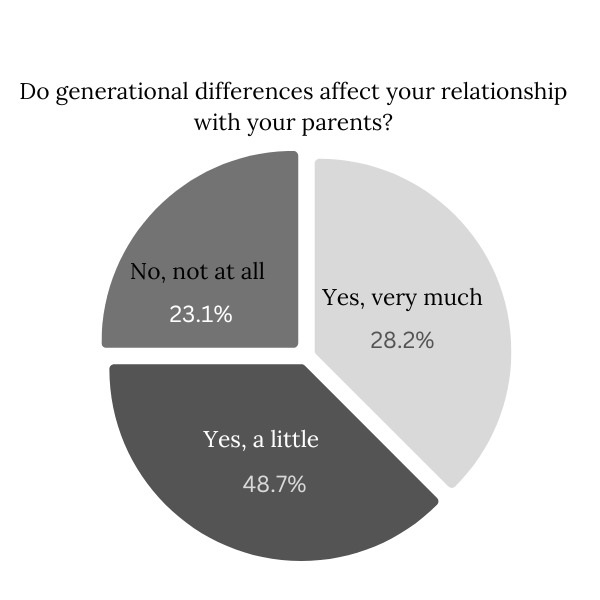Unique pets require unique care
March 15, 2022
Whether your pet is spiny, full of hair, or hairless, 50 percent of pets in the United States are considered exotic according to pawsomeadvice.com. All across different regions like the Amazon to the Sahara Desert people care for these animals.
Feeding pets of exotic nature can be squishy, squirmy, and squeamish. The feeling of unearthing a cold dead baby mouse for the snake just to have dinner is not for the faint of heart.
“It is not fun to give Gregory [a very large banana ball python] his food because it’s frozen dead mice. Usually, I just make my sister do it,” junior Richie Ruane said.
However, some exotic pets have a much more tame diet and don’t require as much investment in their food as their living conditions.
“I have to keep my hermit crab at a temperature of 75 Fahrenheit or higher and the tank has to be humidified,” freshman Molly Gieseke said. “It has to be humidified because hermit crabs are crustaceans so they have gills and they need to have some sort of palace to get water.”
Other students prefer traditional pets.
“You can’t pet a bearded dragon like you could a dog, and I would rather have something I can hold and pet without it being spikey”, junior Bria Mica said.
Even through such barriers, owners find different ways to show affection.
“I would let my pet parakeet fly all around my house. It was fun chasing after him and he got good exercise”, junior Piper Woodal said.
Some pets are considered exotic decorations like fish.
“It was really interesting to see sharks, eels, and pufferfish interact with each other. And I had to clean the tank and keep it at a certain temperature”, senior Kayln Jackson said.












